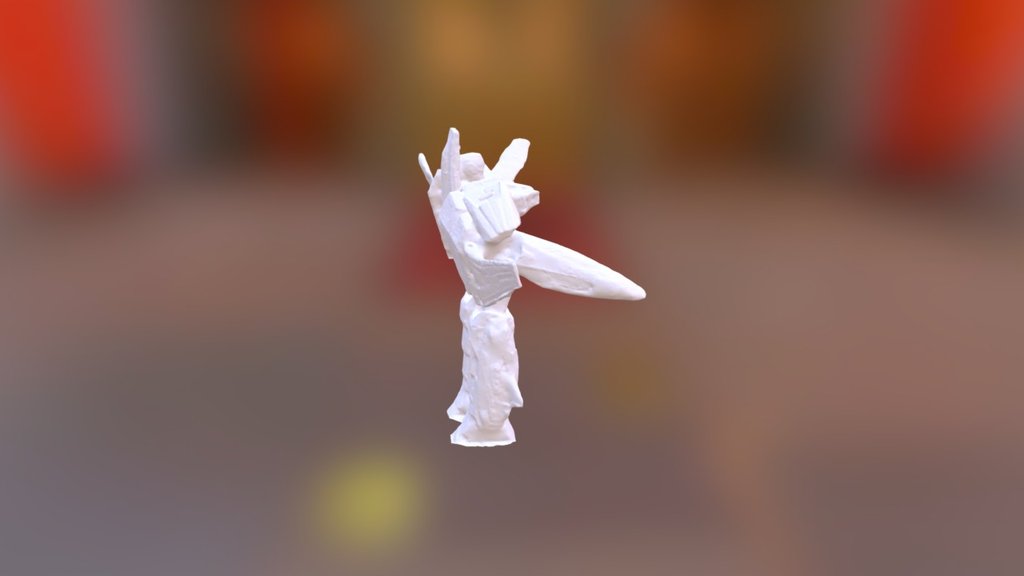
Jetfire
sketchfab
Scan and Object Assignment 05 As we delve into the world of computer vision, it is essential to grasp the fundamental concepts of scanning and object detection. This assignment aims to familiarize you with the process of scanning objects using a camera or sensor. The first step involves setting up your camera or sensor to capture images or data from the environment. You will need to adjust settings such as resolution, exposure, and focus to optimize image quality. Next, you will be working with OpenCV's `cv2.imread()` function to load an image file into a variable. This is where object detection begins, as you will be applying various techniques to identify and track objects within the image. You are free to choose any object you like for this assignment, but make sure it fits within a 640x480 pixel image. Some popular options include toys, household items, or even yourself! To detect objects, you can use OpenCV's `cv2.findContours()` function in combination with other techniques such as thresholding and edge detection. You will also be using the Haar cascade classifier to train your model. Once you have successfully detected your object, you will need to track it over multiple frames. This involves using the `cv2.calcOpticalFlowPyrLK()` function to calculate the motion of the object between frames. The final step is to display your results in a clear and concise manner, showcasing your object detection skills. Your assignment consists of two main parts: detecting an object and tracking it over time. You are encouraged to experiment with different techniques and algorithms to achieve the best possible results. Remember to document your process thoroughly, including any challenges you faced or insights you gained during the assignment. **Object Detection** 1. Load an image file using `cv2.imread()`. 2. Apply thresholding and edge detection techniques to isolate your object. 3. Use Haar cascade classifier to train a model for object detection. 4. Display your results in a clear and concise manner. **Tracking** 1. Calculate the motion of your object between frames using `cv2.calcOpticalFlowPyrLK()`. 2. Update your object's position based on the calculated motion. 3. Repeat steps 1-2 until you have tracked your object over multiple frames. 4. Display your final results in a clear and concise manner. **Submission Requirements** Please submit your assignment as a single PDF document containing: * A detailed description of your process, including any challenges you faced or insights you gained. * Screenshots or videos demonstrating your object detection and tracking capabilities. * Your code, formatted according to the guidelines provided.
With this file you will be able to print Jetfire with your 3D printer. Click on the button and save the file on your computer to work, edit or customize your design. You can also find more 3D designs for printers on Jetfire.
